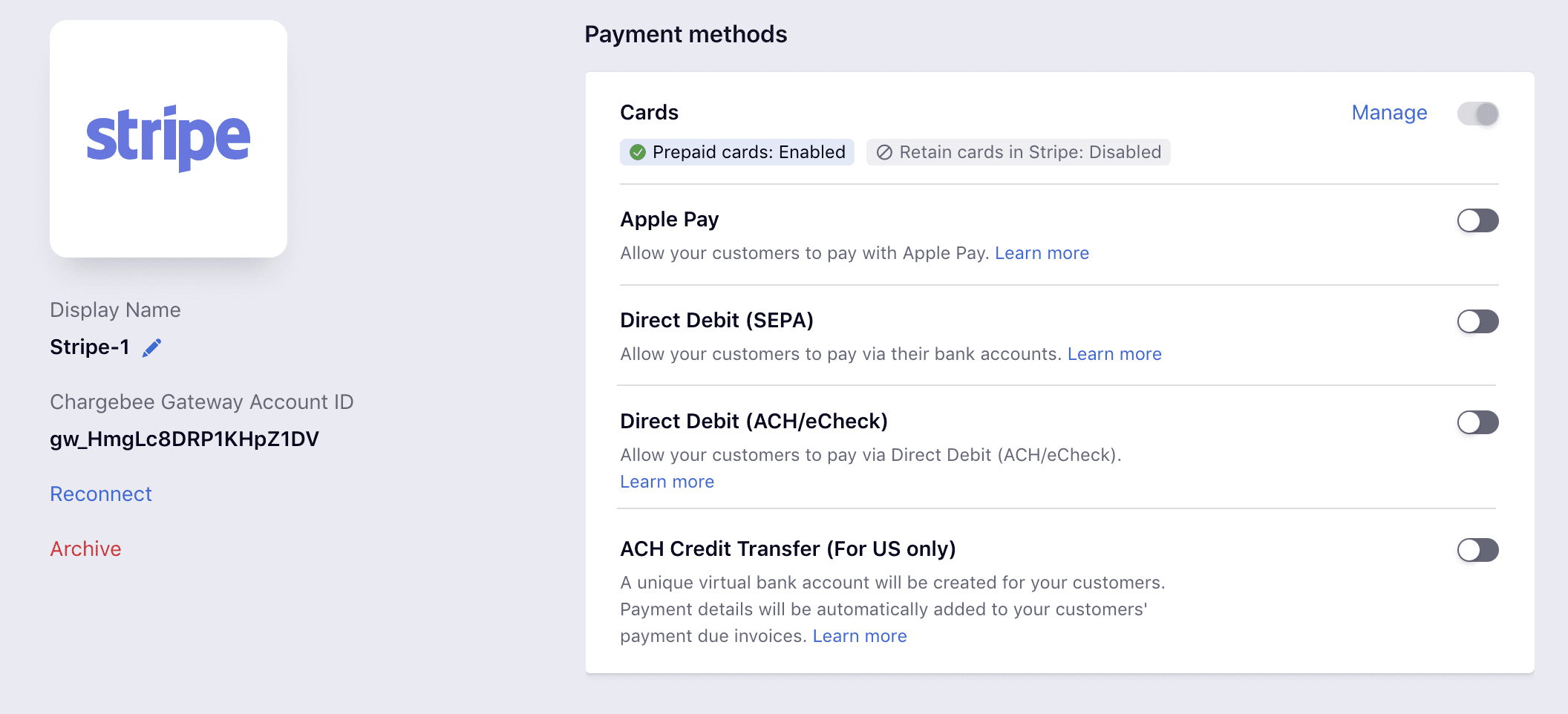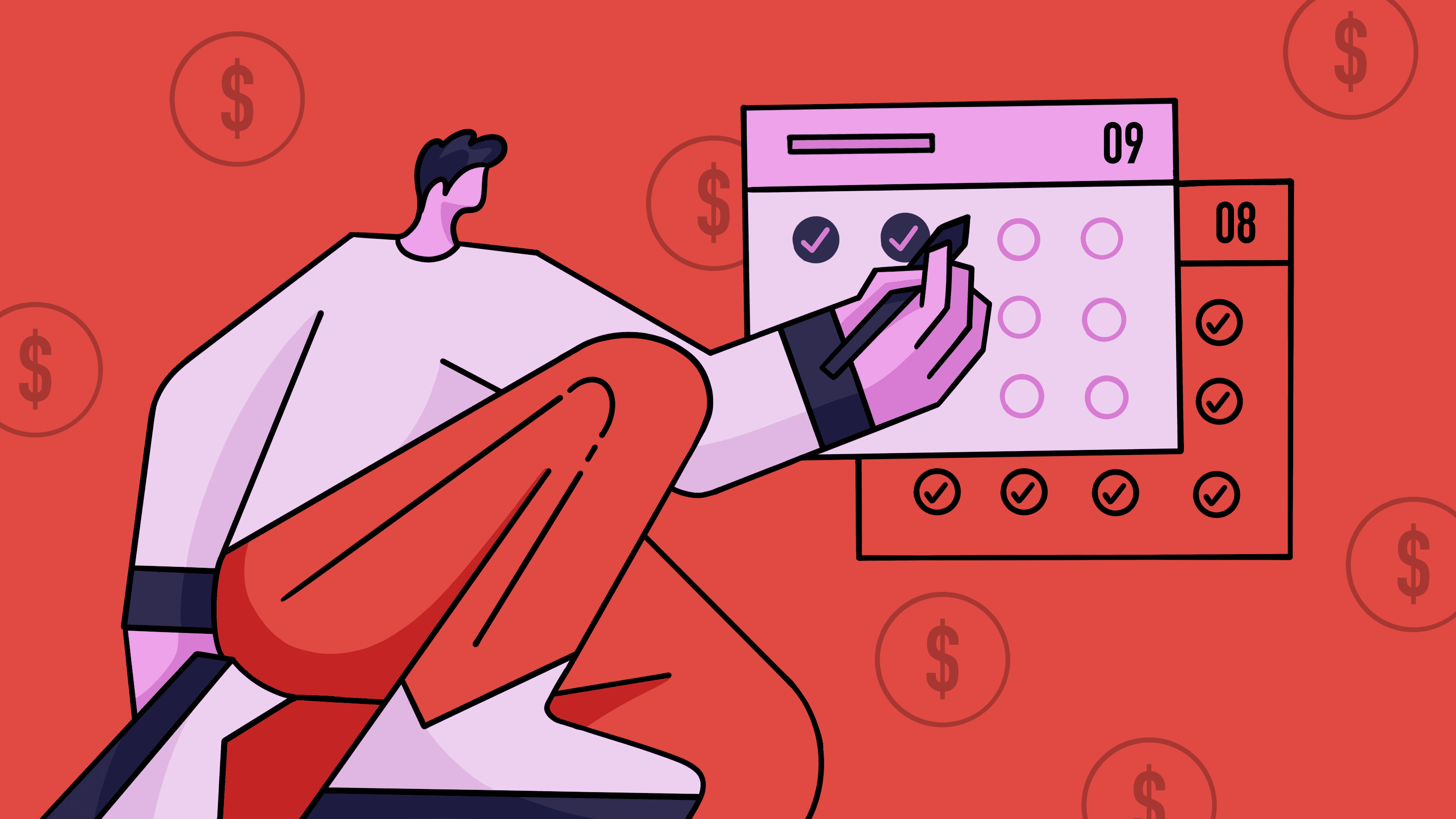If you’re just stepping into the Subscription arena, you know that monthly recurring revenue is your holy grail. So if you haven’t set up your recurring payments yet, it should be your number one priority.
In this post, we’ll tell you what you need to start accepting recurring payments and how you can set up recurring payments.
Benefits of Recurring Payments
Recurring payments are automatic payments that are collected from your customers on a specific due date, at regular intervals of time, say, every month or quarter. From a customer’s perspective, recurring payments are quick and convenient. It’s one less invoice they have to worry about, among so many others. From a business’s perspective, recurring payments have a multitude of positives:
- Recurring payments make cash flow predictable. This helps businesses make informed decisions on future spending and investments.
- Recurring billing can scale with customers. They don’t have to pay for a new version, instead, they just pay for the upgrade or simply choose a higher plan. This flexibility helps in creating loyal relationships with customers.
- Predictable revenue makes businesses appealing to investors. When you’re in the growth phase, recurring revenue serves as a buffer for any revenue fluctuations that your business may face. The predictability of future recurring revenue helps when you are looking to raise funds.
Let’s dive into how you can set up recurring payments and start reaping the benefits.
What You Need to Start Accepting Recurring Payments
Accepting recurring payments involves two blocks:
- Billing logic: Price calculation for purchases made, taking into account proration, grandfathering, etc, and requesting a payment.
- Payment processing: The actual transaction where your customer’s card is charged and the amount is credited to your merchant account.
It is possible to accept recurring payments with only a payment processor, as long as you have a self-built billing engine on your end or make use of the basic billing engines provided by popular payment gateways.
But not when you’re on the hyper-growth path. It gets progressively harder to get paid as your products, services, customers, and pricing scale. Free trials. Extensions. Evolving pricing tiers. Discounts. Credits. Upgrading customer plans. Taxes for multiple countries. Retrying failed payments. Every block you add means that someone (or something) has to tell the payment processors what payments to take and when.
“You build with Ruby on Rails because you want to take advantage of the beautiful ecosystem that’s there, by not having to build things yourself. The same applies to billing. Unless you have expertise in the space and are aware of security risks & infrastructure needs, do not set out to build your own billing. It’s not an efficient use of your time. If you want volume, focus on your core competencies.”
— Fred Stutzman, CEO, Freedom
(Head here to read Freedom’s full story about crafting a seamless billing experience for their global customers)
Recurring billing systems work on top of payment gateways and automate your recurring payments when you scale your subscription business.
While accepting payments is a business necessity, remember that it’s also an opportunity to provide a good payment experience to your customers and build trust.
Let’s look at some must-haves for you to start accepting recurring payments.
Payment Gateways
A payment gateway is a connection between a merchant’s website or mobile app and the bank. Payment gateways encrypt sensitive card details and ensure that they are passed securely from the customer to the bank, via the merchant.
Important Factors for Choosing Payment Gateways:
- What billing logic do they support?
- How much time does it take to transfer funds from your customer’s bank account to yours?
- Do they let your customers complete the checkout process on your own website, or redirect the customers to their own platform?
- And most importantly, how many different currencies and payment types do they support?
Some of the popular payment gateways for global transactions are:
- Stripe
- PayPal
- Checkout.com
We have a cool free payment gateway tool to help you find and compare payment gateways in your country.
Payment Methods
A Subscription business model allows you to go global from day one. To expand your footprint and broaden your reach, it helps if your business supports various payment methods. So your customers can then choose the method most convenient for them. It also helps in retaining your existing customers.
Here are some popular payment options you should support:
- Online debit or credit card payments (Visa, Mastercard, American Express, etc)
- Digital wallets (Amazon Pay, Google Pay, Venmo)
- Direct debit
- ACH
- Offline payments
Here’s how Drawboard expanded its global footprint using a robust billing architecture and support for various payment methods.
More on how you can use Chargebee to boost conversions globally, here.
Recurring Billing Software
As your business grows your recurring payments demand more sophistication such as customized billing with add-ons and discount coupons, custom reports, and email segmentation. A good recurring billing software retains agility while adding sophistication to seamlessly deliver a smooth and delightful customer experience.
Choosing the right recurring billing solution
It all depends on your needs. Do you need to:
- Support one-time, recurring, and/or usage-based charges within a single plan?
- Extend trial periods to some of your customers?
- Make sure access control and security are taken care of?
- Archive or grandfather product pricing plans?
- Send custom transactional emails?
- Provide dashboards and out-of-the-box reports to different teams?
- Have the flexibility to manually manage one-off anomalies in payments?
For a full list of considerations, check out our guide to evaluating enterprise-ready recurring billing and subscription management solutions.
Checklist for Choosing a Recurring Billing Solution
If you, like me, are a fan of checklists, here’s one for you. A recurring billing solution should check these boxes in terms of capabilities:
| Capability | Why? |
| Invoicing | Clear, well-designed invoices build trust. You can automatically send accurate invoices to customers without missing any crucial details. |
| Accounting Integration | A recurring billing system should talk to your books. Robust integrations with accounting software will ensure there’s no reconciliation mess and easy global tax support. |
| Checkout | Checkout pages are a crucial part of a smooth payment experience. A checkout page that can be set up and customized, will drastically reduce time to market. |
| Customer self-service portal | Self-serve portals enable customers to pause a subscription, upgrade, or update card details on their own through an easy-to-use interface. |
| Team dashboard | Track the health of your business and allow teams to make data-driven decisions with actionable insights from metrics, trends, summaries, and reports. |
| Transactional emails | Hit the ground running with recurring payment solutions that offer pre-built transactional emails to onboard your customers and keep them informed about billing life cycle changes. |
| PCI Compliance | When dealing with sensitive customer data, your billing provider must have PCI-DSS Level 1 compliance and other data and network security measures in place. |
| Developer-friendly APIs | Developers are the first to feel the pain of integrating your product with a new system. Make things easy for them with robust APIs and useful documentation. |
Set up and Accept Recurring Payments
Chargebee makes it simple for you to sign up and accept recurring payments in no time. This is how:
- Configure billing rules and payment methods in the sandbox, our test site that lets you play around with no dire consequences. Pssst.. You can sign up for a free trial right here to access the sandbox!
- Make sure you have your SSL certificate, merchant account, and payment gateway ready.
- Choose your preferred mode of integration with Chargebee: hosted pages, hosted pages + API, or complete API integration.
- Set up taxes, review dining, and retry payment settings.
- Customize what’s needed, like invoicing. You’re still in the sandbox, so you can play around with sample data.
- Set up email templates and notifications so your customers get clear transactional communication from the get-go.
- Go live! Flip a switch to convert your test site into a live one.
Stripe and PayPal are two of the largest payment gateways for your global transactions and Chargebee’s preferred payment partners. Here’s how you can accept recurring payments through Stripe and PayPal, and leave the rest to Chargebee.
Set up and Accept Recurring Payments with Stripe
Stripe supports a wide range of online payment options across the globe and you can seamlessly integrate Stripe with Chargebee to accept recurring payments.
Step 1: Click Settings > Configure Chargebee > Payment Gateway > Add payment gateway > Stripe
You can configure Stripe either from your test or live account.
Step 2: Log in to an existing account or create a new one.
Step 3: The Configure Stripe page will open as shown below.

Set up and Accept Recurring Payments with PayPal
Paypal is a secure global payment gateway service popularly used for online payments in the US and Europe. You can integrate PayPal with Chargebee to avail the following PayPal services:
And there you have it! You are all set to start accepting recurring payments for your subscription business. If you need assistance, reach out to our quick-response customer support team who can guide you through the setup in a jiffy.
Schedule a demo to see what Chargebee can do for you.

